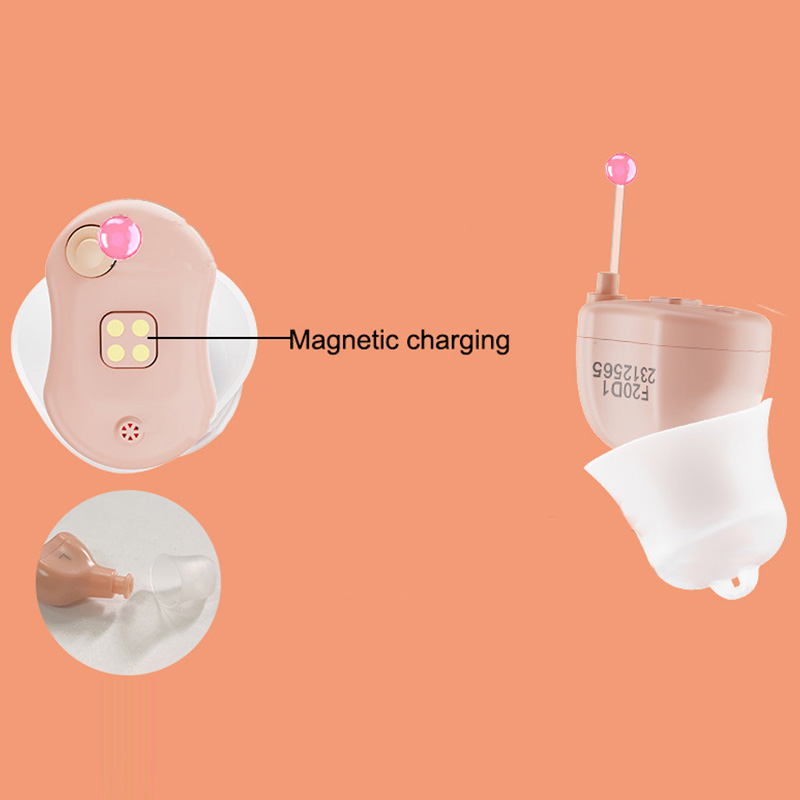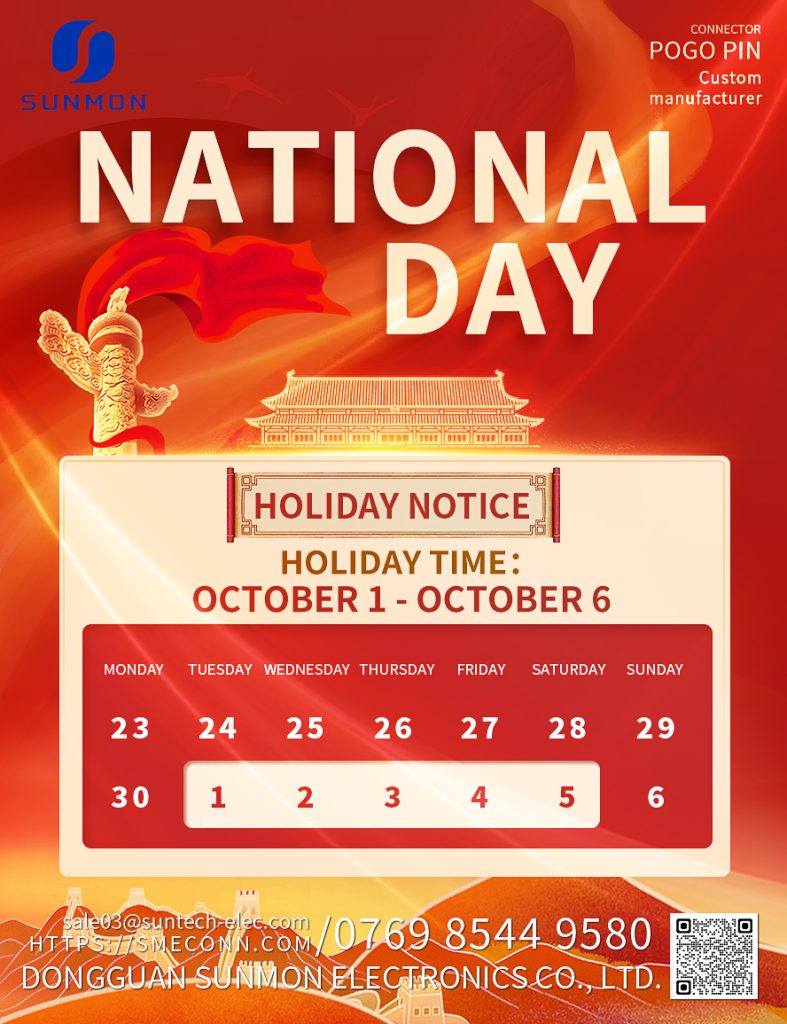The principal advantages of pogo pin magnetic connectors in comparison to traditional plug-in connectors are as follows: automatic adsorption, zero insertion force, automatic orientation, and the possibility of light-off operation. The device provides a reliable connection in locations that are difficult to access. In contrast, traditional plug-in connectors can be easily disconnected when the plug or harness is subjected to severe tension, thus avoiding the risk of injury to the user or damage to the connector and equipment. The female end of a pogopin magnetic connector is a solid PIN structure, which saves space on the equipment side, male and female, thus achieving a shallow mounting depth.
Furthermore, the Pogopin Magnetic Connector is capable of achieving an excellent waterproof design, with the host female end capable of achieving dustproof and waterproof IP68. It is also rugged, shockproof, and anti-vibration. The product is capable of withstanding high current transmission of up to 10A, while also offering a rapid charging time and a relatively short consumption period. The product is designed for long-term use, with a functional connection that can be used up to 100,000 to 200,000 times. The product is designed for ease of cleaning.
One disadvantage of pogo pin magnetic connectors is that they are generally non-standardised products with weak intermating. The product is relatively expensive. It is not compatible with the SMT process. The size of the product is relatively large.
In conclusion, while pogo pin magnetic connectors offer numerous advantages like easy alignment, quick connections, and reduced wear and tear, they do come with higher costs and potential issues like magnetic interference. On the other hand, conventional connectors are cost-effective and widely compatible but can suffer from alignment issues and wear out more quickly. Choosing between the two depends on your specific needs and the devices you’re using



